I suspect that most readers, asked to name the most important red-wine grapes of Italy, would focus mainly on Nebbiolo, Barbera and Sangiovese, the most widely planted grape in Italy. Lovers of Sicily might also mention Nerello Mascalese and Nero D’Avola.
What if I told you that some of the most spectacular wines in Italy were made from the Cabernets (Sauvignon and Franc) and Merlot? Have I gotten lost in the Médoc?
No, I am in Tuscany, ancient home of the Etruscans, northwest of Rome. To be specific, I am in Bolgheri, a few miles from the Ligurian coast. On a clear day, if you cast your eyes south, you might just see Napoleon padding around the island of Elba plotting his escape.
Everyone has heard of “Super Tuscans.” Not everyone knows the story of their origin. In the mid-twentieth century a few families were experimenting with Cabernet in the region, but the star of the show was clearly the marchese Mario Incisa della Rocchetta, worldly owner of the sprawling Tenuta San Guido estate in Bolgheri. In 1930, he married Clarice della Gherardesca. A biographical sketch mentions that she hailed from an ancient Tuscan family, coyly noting that one of her ancestors was “Count Ugolino, mentioned by Dante in The Divine Comedy.”
Indeed he was. In Canto 33 of the Inferno, Dante encounters Ugolino gnawing on the head of Archbishop Ruggieri. Having betrayed the city of Pisa to her enemies, Ugolino was locked with his young sons in a tower to starve. His sons died first. Dante is somewhat ambiguous about whether Ugolino then cannibalized them. Poscia, più che ’l dolor, poté ’l digiuno, he comments after Ugolino finishes his sad tale: “Then fasting had more power than grief.”
Dante took a dim view of betraying one’s benefactors. He located Ugolino in the ninth circle of hell not because of any dietary irregularities but because of his betrayals. It is the same reason he placed Brutus and Judas even further down, in the frozen center of the inferno, each protruding from the masticating mouth of Satan. For Dante, Brutus was no hero but a traitor for his part in the murder of Julius Caesar.
But I digress. The wine that Rocchetta brought into the world was an instant sensation. Produced outside the DOC rules of the region, Sassicaia was at first classified as a mere vino da tavola. Soon Bolgheri became its own designation and Sassicaia was its flagship. You won’t be surprised to learn that this most sought-after wine is also expensive. In a good year — 2021 was superlative — it will set you back more than $300 a bottle. A second label from San Guido, Guidalberto, is about $50 a bottle and a third wine, Le Difese (which contains a backbone Sangiovese along with the Cab blend) is about $35.
There are other superlative Bordeaux blends in the region, many of which were pioneered by relatives of the marchese. Of special note are a Sangiovese-Cabernet Sauvignon blend called Tignanello (first released in 1978) and Ornellaia, established by the marchese Lodovico Antinori, a nephew of Rocchetta. Expect to pay about $170 for a recent vintage of Tignanello, $250 for the Ornellaia. You will also find the name “Ornellaia” attached to a 100 percent Merlot called Masseto, which is even more expensive. That fabled wine rivals (or maybe even surpasses) Château Cheval Blanc. I’ll also mention Guado al Tasso, another Cabernet Sauvignon, Merlot, Cabernet Franc blend from Antinori. I recently had the 2020, and it was a dark, luscious, ensorcelling wine.
Two things especially impress me about the best of these so-called “Super Tuscan” wines. One is how recent they are. Mario Incisa della Rocchetta got the ball rolling only in the late 1960s. Sassicaia took the world by storm and inspired a still-expanding family of rivals.
The second thing is the sheer quality of the wine. The best are world-class potations. The interesting thing is that, although the cépage of many — Sassicaia, for example — are very similar to that of a Médoc or St. Émilion there is something inherently distinct about the nose and palate of the wines. What is it? The ingredients are French. The terroir and hence the taste are unmistakably Italian. The way the grape resolves itself in the mouth, the spectrum of herbs and minerals and fruity adumbrations is delectable but utterly distinct from its French progenitors.
Partly, the differences are due to geography, partly to difference in styles of winemaking, a difference that can be summed up in what the literature from Masseto calls a philosophy of “non-intervention.” The terroir is the master; the winemaker’s chief duties are patience and attentiveness to the imperatives of nature, especially the vagaries of climate and seasonal climacterics. The bottom line is that if you have yet to investigate the wines of Bolgheri, you are in for a real treat.
This article was originally published in The Spectator’s December 2024 World edition.



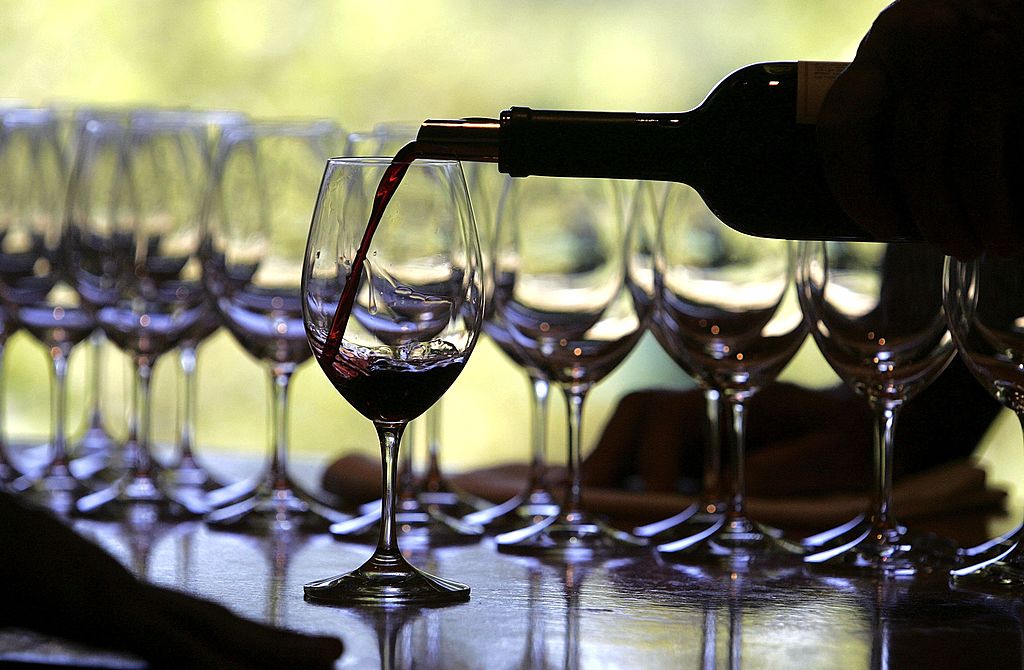






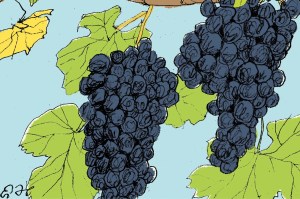
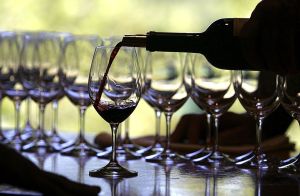

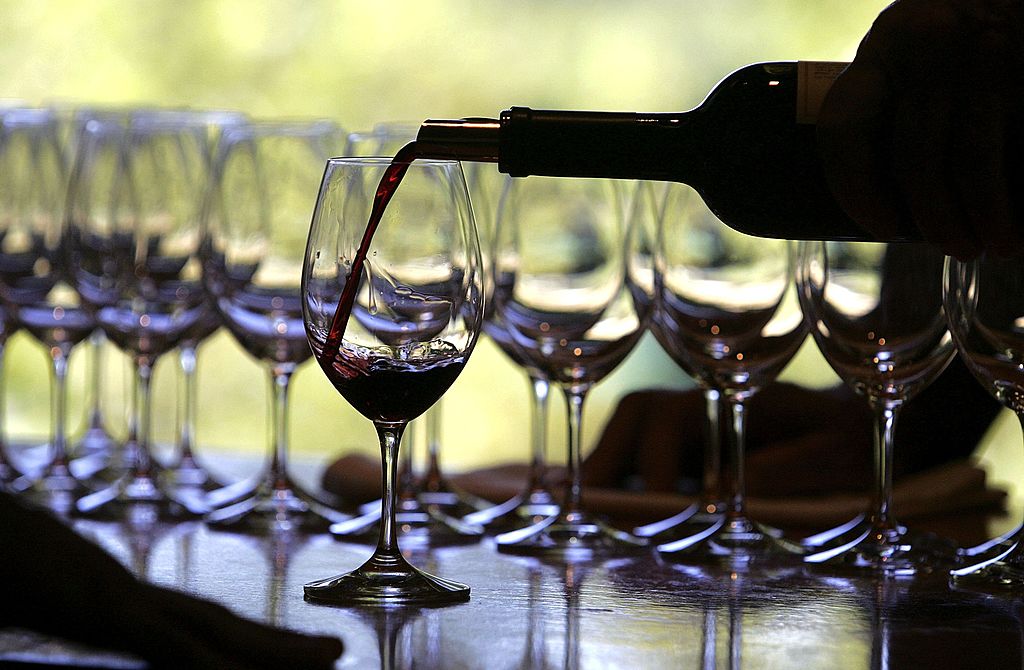
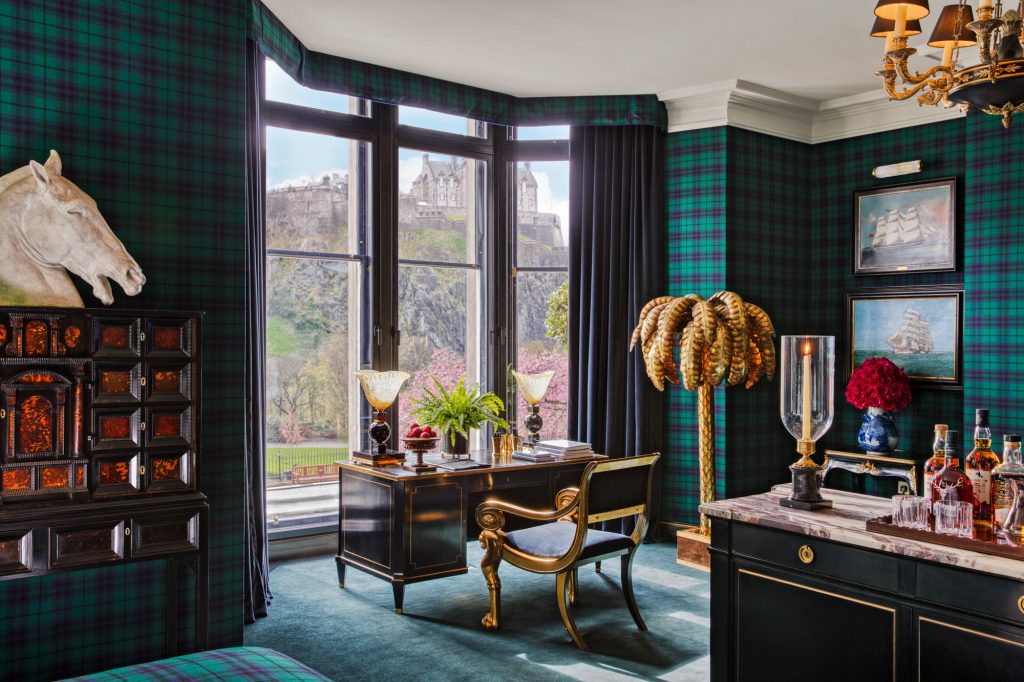
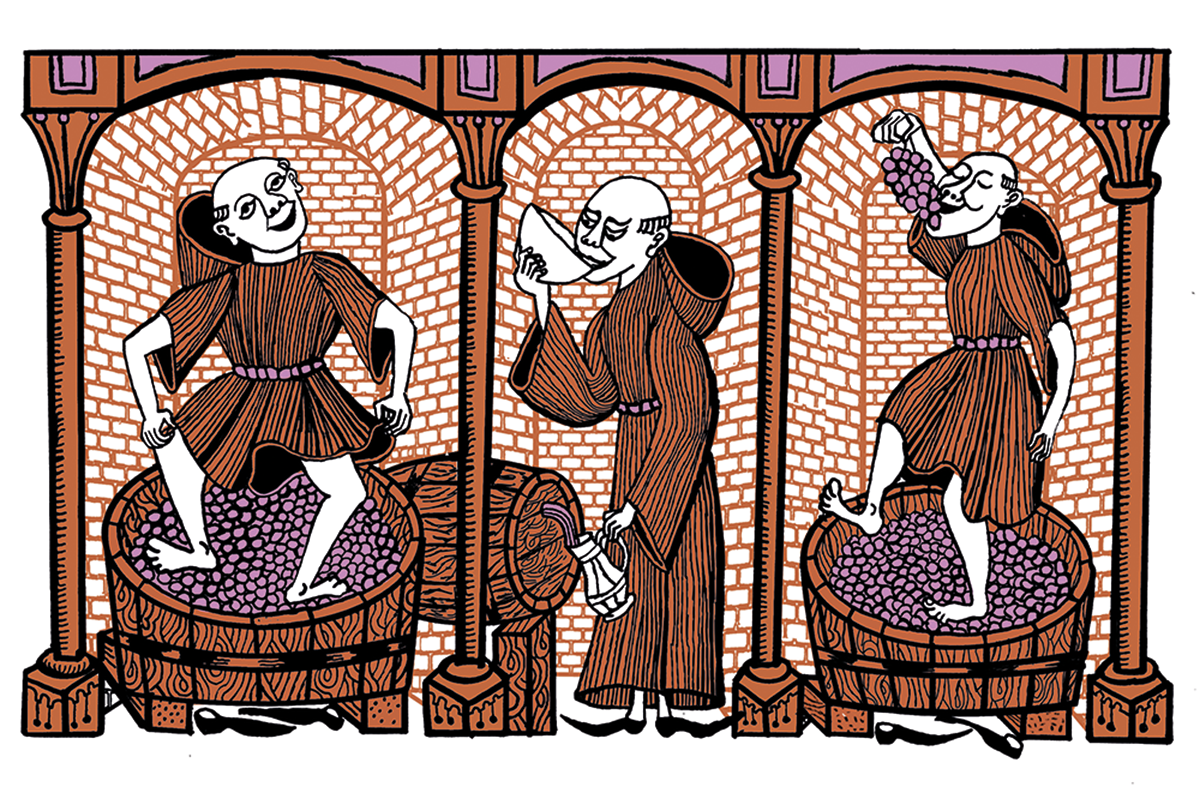
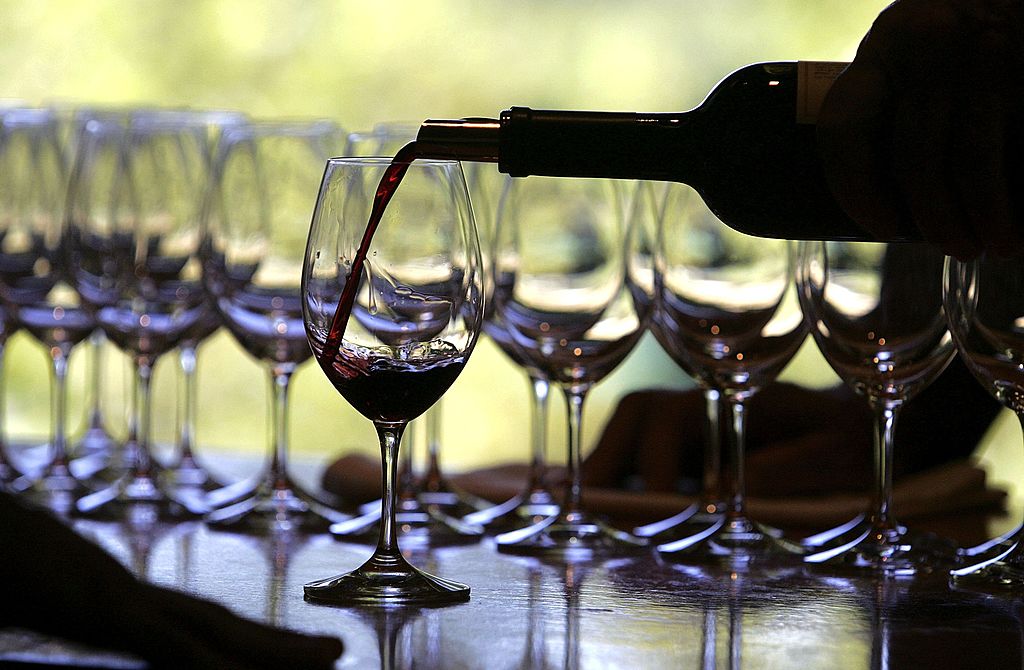
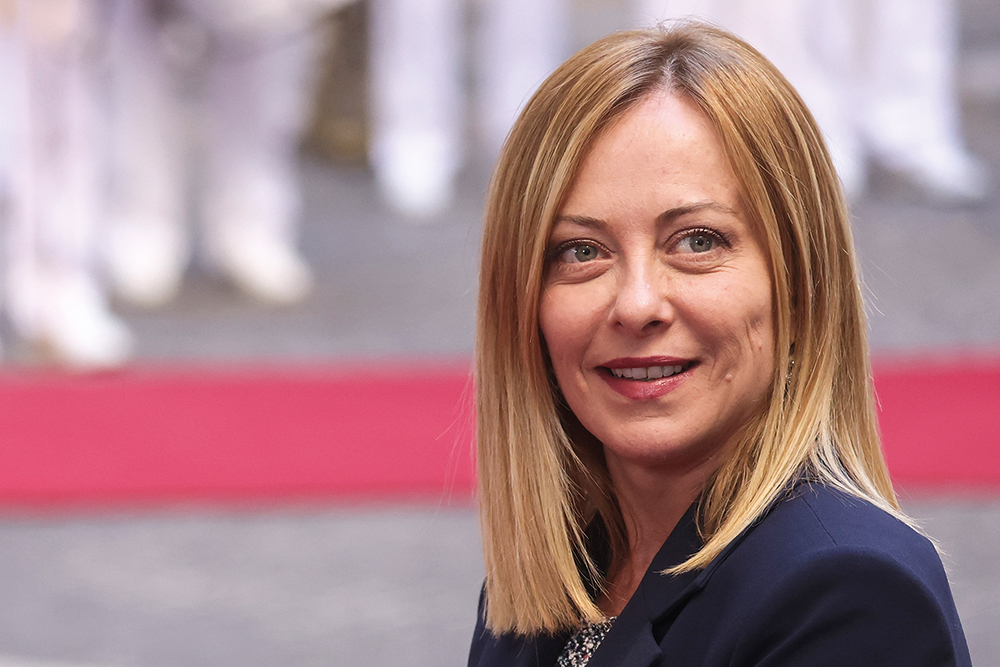
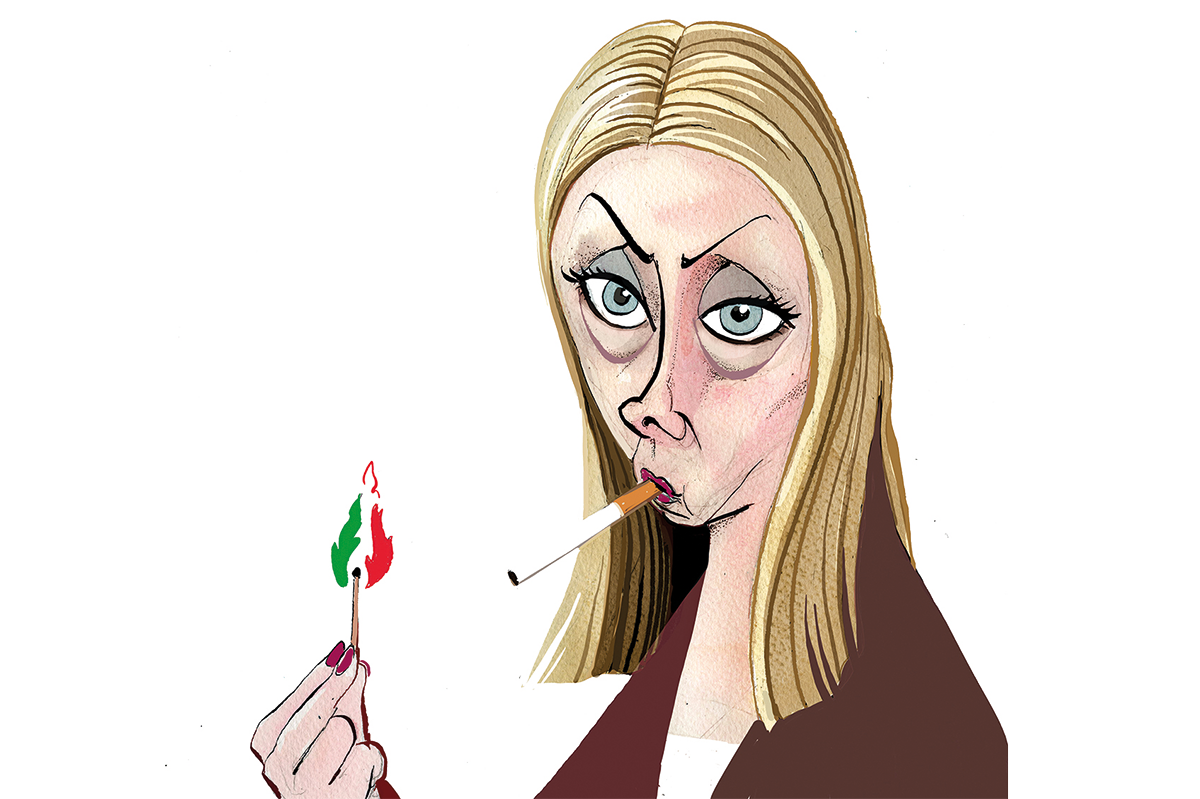







Leave a Reply